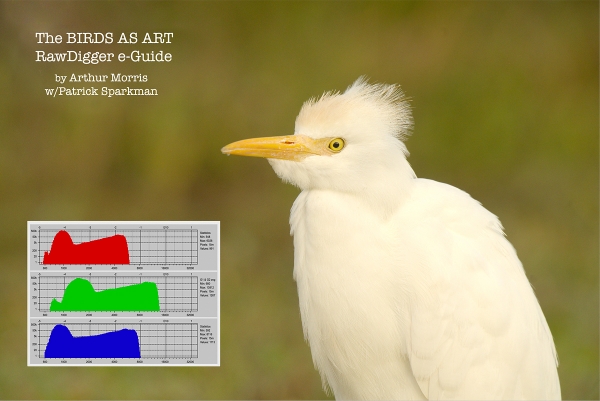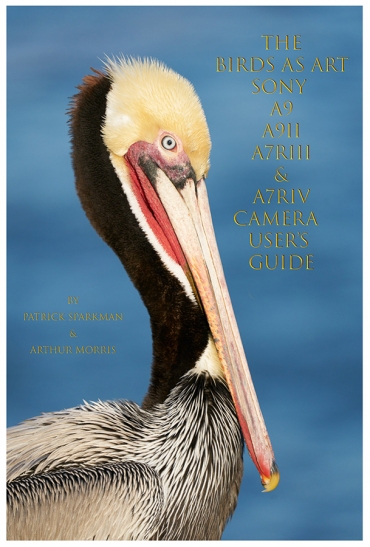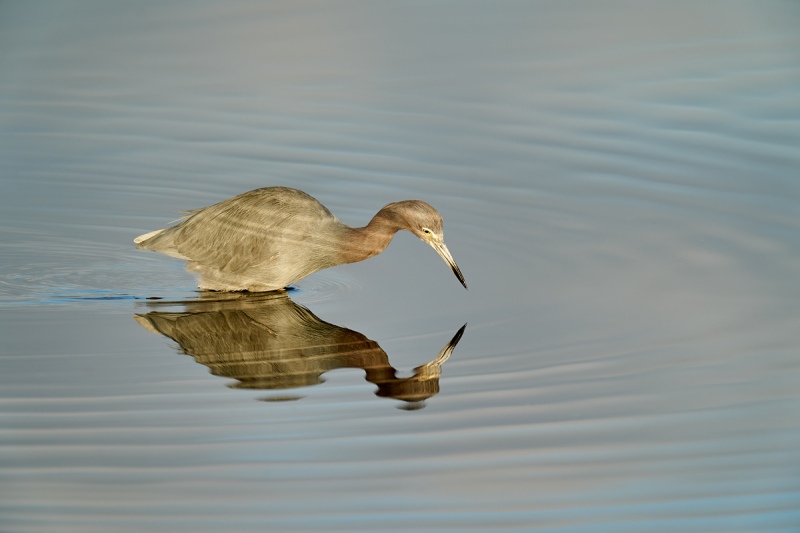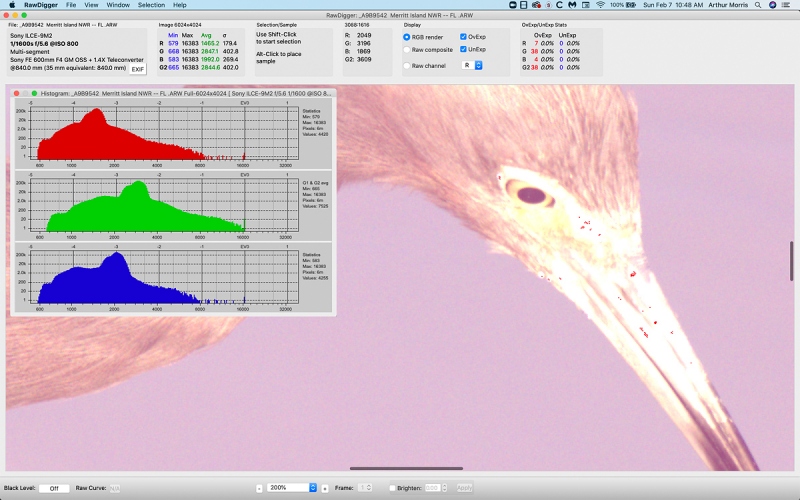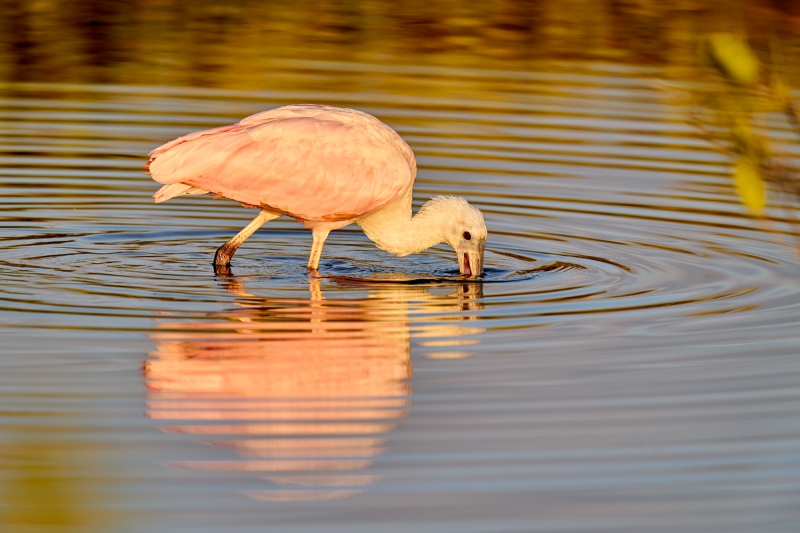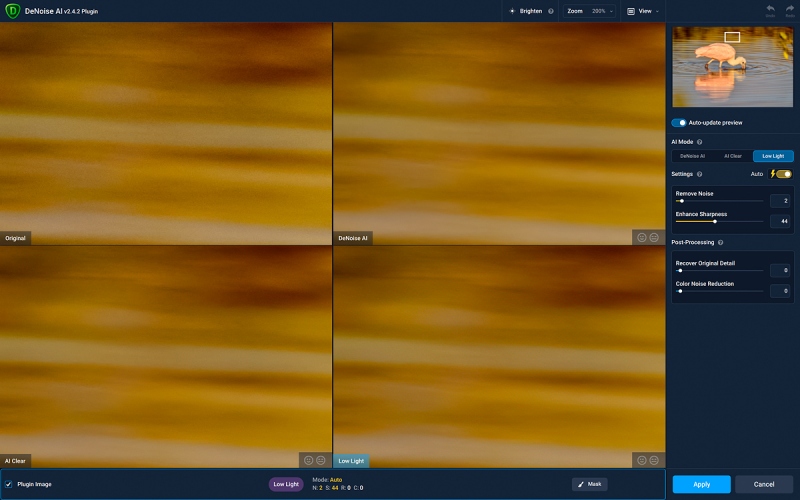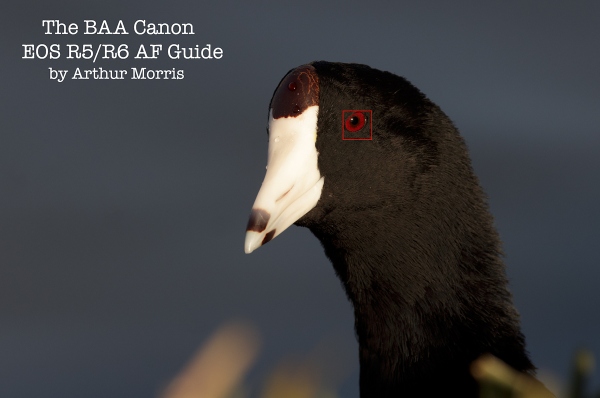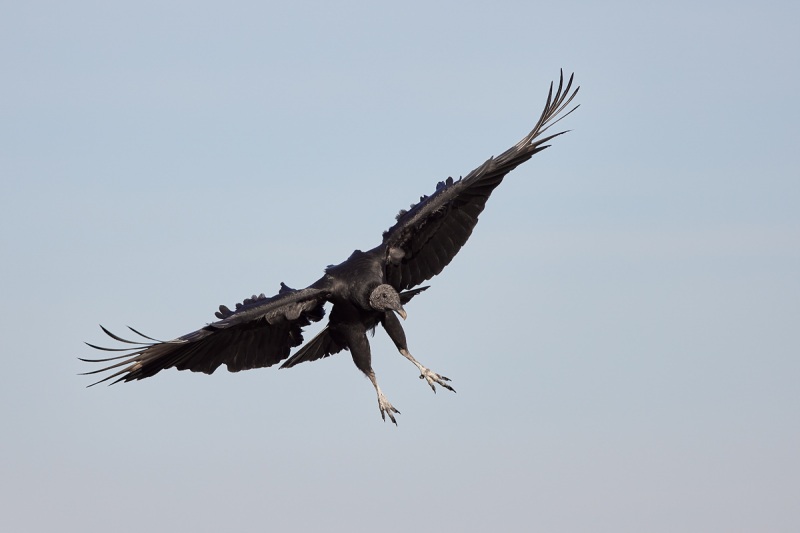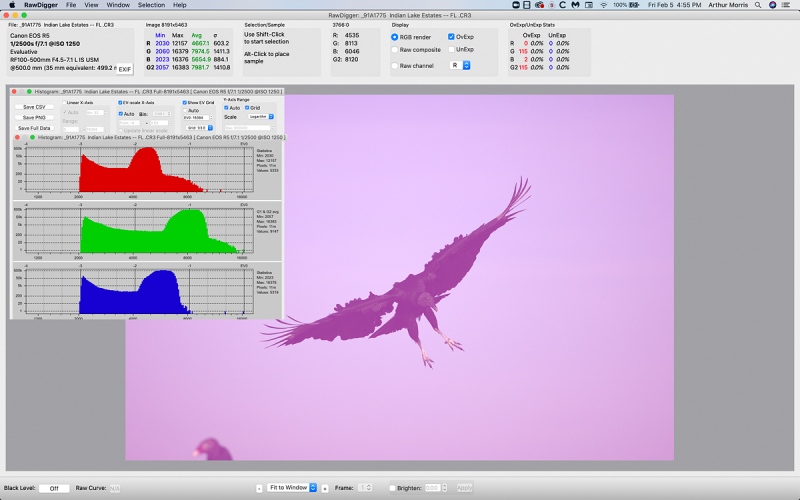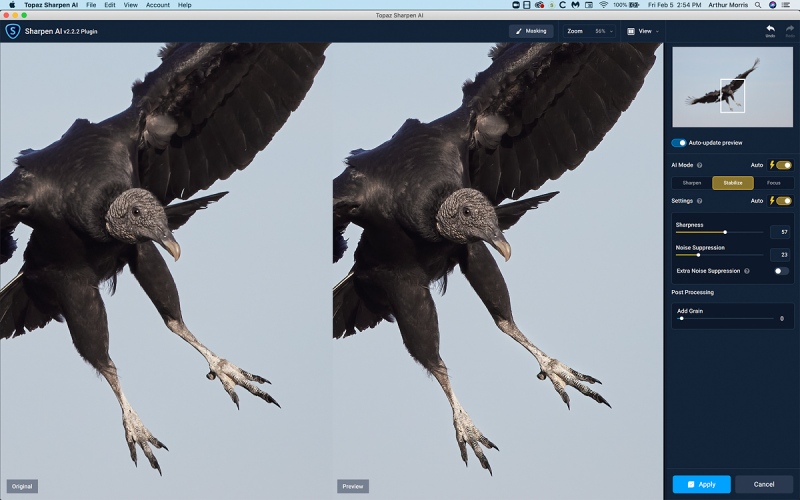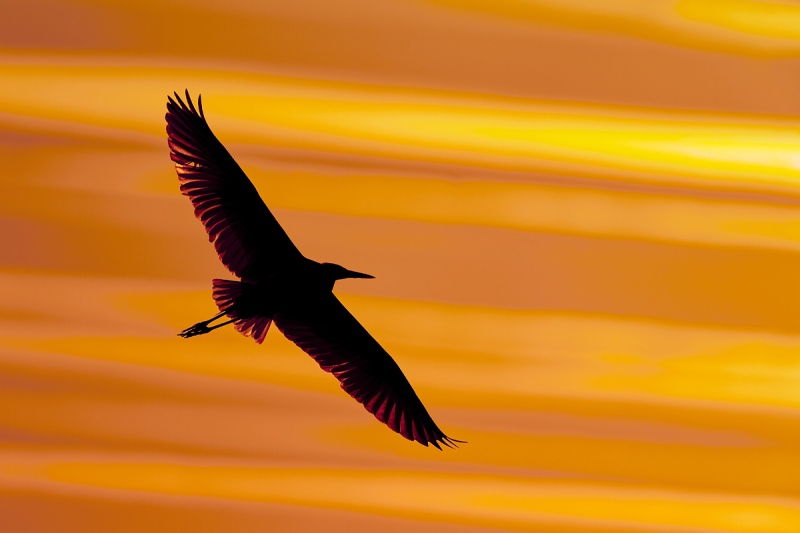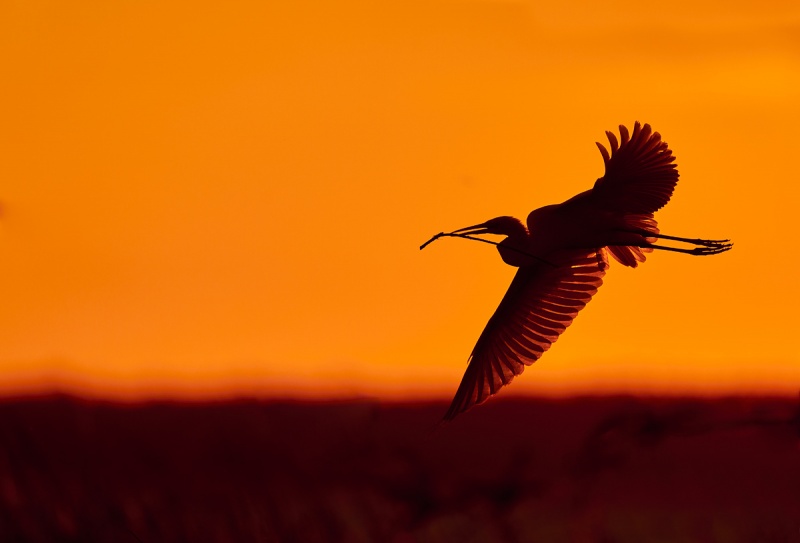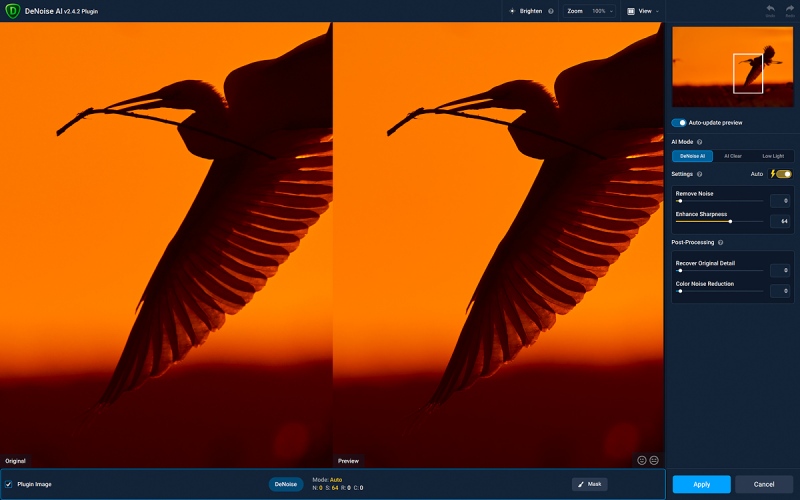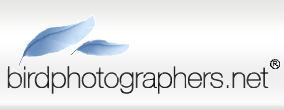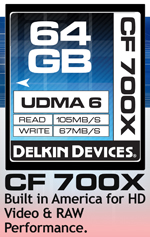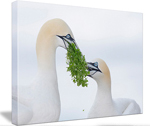Which Background?
You are invited to leave a comment and let us know if you prefer the swirly, lead-blue BKGR in Image #1, or the hint-of-mangroves BKGR in Image #2. And why you made your choice.
What’s Up?
The rain, thunder, and lightning let up early on Sunday morning so I headed down to the lake. There was an eerie orange glow to the world as I drove down, but there was not much around. I made what I thought were a few nice HDR images of the entire nest tree with one of the eagles perched next to the nest. But when I reviewed the images, I noted that the bird was looking away. I deleted all of the images from that session.
I spent most of the day getting a huge amount of work done on the BAA Canon EOS R5 Camera User’s e-Guide. I have pretty much completed all of the work on the following menus: the Red Shooting Menu, the Magenta AF Menu, and the Blue Playback Menu. Nothing for me to do with the Purple Network Menu as I do not reside on that planet. I am halfway through the Yellow Set-up Menu. Still to do: the Orange Custom Functions Menu and the Green My Menus. The work is a real grind. When I am done covering all of the menus, there will still be lots more to do. But I am very excited with the progress I have made this week.
The pool has warmed up beautifully and I really enjoyed my swim. Sunset showed some promise but that was about it. I kept the images on the first edit including four decent frames of a Snowy Egret landing with nesting material — 1/500 sec. at ISO 12,800 …
I could not have been more wrong with my Super Bowl prediction. Kudos to 43-year old G.O.A.T. Tom Brady (ancient by NFL QB standards), and the Tampa Bay Buccaneers who completely and utterly dismantled the favored Kansas City Chiefs. Brady has now appeared in ten Super Bowls. And won seven of them! Oh, did I forget to mention that Brady was named the Super Bowl MVP for the 5th time in his career.
Today is Monday 8 February 2021. The forecast for the morning is for cloudy skies with a gentle northeast breeze. I will take a ride down to the lake to see what’s up and about.
This post took about two hours to prepare and makes fifty days in a row with a new one. Please, please, pretty please remember …
Please Remember
With income from IPTs now at zero, please, if you enjoy and learn from the blog, remember to use one of my two affiliate programs when purchasing new gear. Doing so just might make it possible for me to avoid having to try to get a job as a Walmart greeter and will not cost you a single penny more. And if you use Bedfords and remember to enter the BIRDSASART code at checkout, you will save 3% on every order and enjoy free second-day air shipping. In these crazy times — I am out at least forty to sixty thousand dollars so far due to COVID 19 (with lots more to come) — remembering to use my B&H link or to shop at Bedfords will help me out a ton and be greatly appreciated. Overseas folks who cannot order from the US because of import fees, duties, and taxes, are invited to help out by clicking here to leave a blog thank you gift if they see fit.
Levered-Clamp FlexShooter Pro News
We now have 22 Levered-Clamp FlexShooter Pro heads in stock. The ballhead that acts like (but is much lighter than) a gimbal-head, and that serves all purposes, has — as I predicted when I first used a FlexShooter Pro head — taken the world of nature photography by storm. And it’s all on the level too!
|
|
The RawDigger e-Guide |
The RawDigger e-Guide with Two Videos
by Arthur Morris with Patrick Sparkman
The RawDigger e-Guide was created only for serious photographers who wish to get the absolute most out of their raw files.
Patrick and I began work on the guide in July 2020! At first we struggled. We asked questions. We learned about Max-G values. We puzzled as to why the Max G values for different cameras were different. IPT veteran Bart Deamer asked lots of questions that we could not answer. We got help from RawDigger creator Iliah Borg. We learned. In December, Patrick came up with an Adapted Histogram that allows us to evaluate the exposures and raw file brightness for all images created with all digital camera bodies from the last two decades. What we learned each time prompted three head-to-toe re-writes of the guide.
The point of the guide is to teach you to truly expose to the mega-Expose-to-the-Right so that you will minimize noise, maximize image quality, best utilize your camera’s dynamic range, and attain the highest possible level of shadow detail in your RAW files in every situation. In addition, your properly exposed RAW files will contain more tonal information and feature the smoothest possible transitions between tones. And your optimized images will feature rich, accurate color.
We teach you why the GREEN channel is almost always the first to over-expose. We save you money by advising you which version of RawDigger you need. We teach you how to interpret the Max G values for your Canon, Nikon, and SONY camera bodies. It is very likely that the Shock-your-World section will shock you. And lastly — thanks to the technical and practical brilliance of Patrick Sparkman — we teach you a simple way to quickly and easily evaluate your exposures and raw file brightness using an Adapted RawDigger histogram.
The flower video takes you through a session where artie edits a folder of images in Capture One while checking the exposures and Max-G values in RawDigger. The Adapted Histogram video examines a series of recent images with the pink histograms and covers lots of fine points including and especially how to deal with specular highlights. The directions for setting up the Adapted Histogram are in the text.
If we priced this guide based on how much effort we put into it, it would sell it for $999.00. But as this guide will be purchased only by a limited number of serious photographers, we have priced it at $51.00. You can order yours here in the BAA Online Store.
Great Topaz News!
Folks who use the BAA Topaz link to purchase Sharpen AI, DeNoise AI, or the Utility Bundle (or any other Topaz plugins) will receive a 15% discount by entering the ARTHUR15 code at checkout. If the stuff is on sale (as it usually is), you save 15% off of the sale price! To get the discount you must use my link and you must enter the discount code. Be sure to start with this link.
Those who purchase Sharpen AI, DeNoise AI, or any other Topaz plug-ins using my link and then entering the ARTHUR15 code at checkout can e-mail to request a short Getting Started with Topaz e-Guide. Please include a copy of your Topaz receipt that shows the discount. Aside from the basics, the guide explains how to install the plug-ins so that they appear in the Photoshop Filter Menu.
|
|
|
134 sold to rave reviews. The SONY e-Guide by Patrick Sparkman and Arthur Morris |
The Sony Camera User’s e-Guide (and Videos)
Click here to purchase the guide with one Camera Set-up Video. Be sure to e-mail us by clicking here to specify your camera body so that we can send you a link for the correct video.
Click here to purchase the guide with two Camera Set-up Videos. Be sure to e-mail us by clicking here to specify your two camera bodies so that we can send you links for the correct videos.
Click here to learn more about the SONY e-Guide.
Folks who have used my B&H affiliate links or purchased their SONY gear are invited to e-mail for discount information.
New and Better Bedfords Discount Policy!
You can now save 3% on all of your Bedfords photo gear purchases by entering the BIRDSASART coupon code at checkout. Your discount will be applied to your pre-tax total. In addition, by using the code you will get 2nd day air shipping via Fed Ex.
Grab a Nikon AF-S Teleconverter TC-14E III and save $14.99. Purchase a Canon EOS R5 and your discount will be $116.97. Purchase a Sony FE 600mm f/4 GM OSS lens and save a remarkable $389.94! Your Bedford’s purchase no longer needs to be greater than $1,000.00 for you to receive a discount. The more you spend, the more you save.
Money Saving Reminder
Many have learned that if you need a hot photo item that is out of stock at B&H and would enjoy free overnight shipping, your best bet is to click here, place an order with Bedfords, and enter the coupon code BIRDSASART at checkout. If an item is out of stock, contact Steve Elkins via e-mail or on his cell phone at (479) 381-2592 (Central time). Be sure to mention the BIRDSASART coupon code and use it for your online order to save 3% and enjoy free 2nd-day air shipping. Steve has been great at getting folks the hot items that are out of stock at B&H and everywhere else. The wait lists at the big stores can be a year or longer for the hard to get items. Steve will surely get you your gear long before that. For the past year, he has been helping BAA Blog folks get their hands on items like the SONY a9 ii, the SONY 200-600 G OSS lens, the Canon EOS R5, the Canon RF 100-500mm lens, and the Nikon 500mm PF. Steve is personable, helpful, and eager to please.


Gear Questions and Advice
Too many folks attending BAA IPTs (remember those?) and dozens of photographers whom I see in the field and on BPN, are–out of ignorance–using the wrong gear especially when it comes to tripods and more especially, tripod heads… Please know that I am always glad to answer your gear questions via e-mail. Those questions might deal with systems, camera bodies, accessories, and/or lens choices and decisions.
|
|
|
This image was created late on 31 January 2021 at Black Point Drive, Merritt Island NWR, FL. I used the Induro GIT 404L/Levered-clamp FlexShooter Pro-mounted Sony FE 600mm f/4 GM OSS lens, Sony FE 1.4x teleconverter, and the blazingly fast AF King, the Sony Alpha a9 II Mirrorless Digital Camera Body. ISO 800. The exposure was determined by Zebras with ISO on the rear wheel: pure luck: 1/1600 sec at f/5.6 in Manual mode. RawDigger showed this one to be perfect. AWB at 8:31am on a sunny morning. Tracking Expand Flexible Spot/AF-C was active at the moment of exposure and performed to perfection. Click the image to see a larger version. Image #1: Little Blue Heron adult foraging |
And Then the Sun Came Out …
Today’s featured images were actually made on the Pewter Visions morning. When the sun broke through, I got in my SUV and scooted to the small ponds that had been active the day before with dip-feeding wading birds. The small ponds were dead, but the larger pond just before them had some nice birds right on sun angle. Standing behind my tripod and working at 840mm made the images seem as if I had chosen a lower perspective. With a constant subject size, the longer the focal length, the shallower the angle of declination (to the subject).
The clouds in the western sky reflected in the water provided a lovely lead-grey/blue background. And the foraging heron provided the concentric ripples.
|
|
Image #1A: The RawDigger Adapted (pink) Histogram for the Little Blue Heron adult foraging image |
The RawDigger Adapted (pink) Histogram
I have finally figured out how to consistently make very good to excellent to perfect exposures with the Canon R5. Unfortunately, without Zebras for stills, this involves making and evaluating a test exposure for each situation. The technique I have come up with will be detailed in the in the BAA Canon EOS R5 Camera User’s e-Guide (in progress). With 87 OvEx pixels (out of 24.2 million), this is a perfect exposure. Note that the tiny rosy red OvExp warnings on the bird’s bill are easily dealt with during the raw conversion.
In the RawDigger e-Guide, Patrick and I teach you how to set up and evaluate the Adapted (pink) Histogram. The adapted histogram was completely Patrick’s creation, and works with raw files from pretty much any digital camera now in use. It greatly simplifies all things RawDigger. In the guide you will — of course — learn why the exposure for this raw file is 100% dead-solid perfect.
|
|
|
This image was created late on 31 January 2021 at Black Point Drive, Merritt Island NWR, FL. I used the Induro GIT 404L/Levered-clamp FlexShooter Pro-mounted Sony FE 600mm f/4 GM OSS lens, Sony FE 1.4x teleconverter, and the blazingly fast AF King, the Sony Alpha a9 II Mirrorless Digital Camera Body. ISO 640. The exposure was determined by Zebras with ISO on the rear wheel: 1/2000 sec at f/5.6 in Manual mode. RawDigger showed this one to be perfect. AWB at 8:33am on a sunny morning. Tracking Expand Flexible Spot/AF-C was active at the moment of exposure and performed to perfection. Click the image to see a larger version. Image #2: Roseate Spoonbill juvenile foraging |
Seeing and Utilizing a Shooting Gap
The single young spoonbill was moving slowly to the north as it foraged. To stay on sun angle, I moved to my right, waited for the bird to pass the first mangrove bush, and hope for a good head angle before it disappeared for good behind a large stand of mangroves. You can see the beginning of those mangroves in the upper right corner of Image #2. My plan worked to perfection, thanks in part to how well Tracking Expand Flexible Spot worked. As it says in the big SONY e-Guide, the more you practice with Tracking Expand Flexible Spot, the better it will perform and the more confidence you will have in using it.
Exposure Note
Note that the spoonbill image was properly exposed with 2/3-stop less light than the LBH image — ISO 640 at 1/2000 sec. as compared to ISO 800 at 1/1600. As the light was the same, you might ask why? The answer: middle-toned subjects need more exposure than white or very light-toned subjects. Learn exposure theory in the original The Art of Bird Photography and everything you need to know about digital exposure in The Art of Bird Photography II (ABP II on CD). If you are new to bird photography, save $10 on your “bibles” by purchasing the two-book bundle. ABP II is also available via electronic download.
|
|
Image #2B: The Topaz DeNoise AI scene capture for the Roseate Spoonbill juvenile foraging image |
Topaz DeNoise AI Tip
As my exposures with both Canon and SONY continue to get better and better (thanks to RawDigger), many of my images barely show any visible noise at all. So that I could better see the effects of DeNoise on this image, I navigated to the darkest part of the frame — the mangroves at the top, and magnified the view to 200%.
With the last DeNoise update, Low Light has been improved to the point that it is often as good or even better (as here), than DeNoise AI. Click on the screen capture to enlarge it and you will see that with this one, Low light did a bit better job of cleaning up the minimal noise.
Typos
In all blog posts and Bulletins, feel free to e-mail or to leave a comment regarding any typos or errors.

